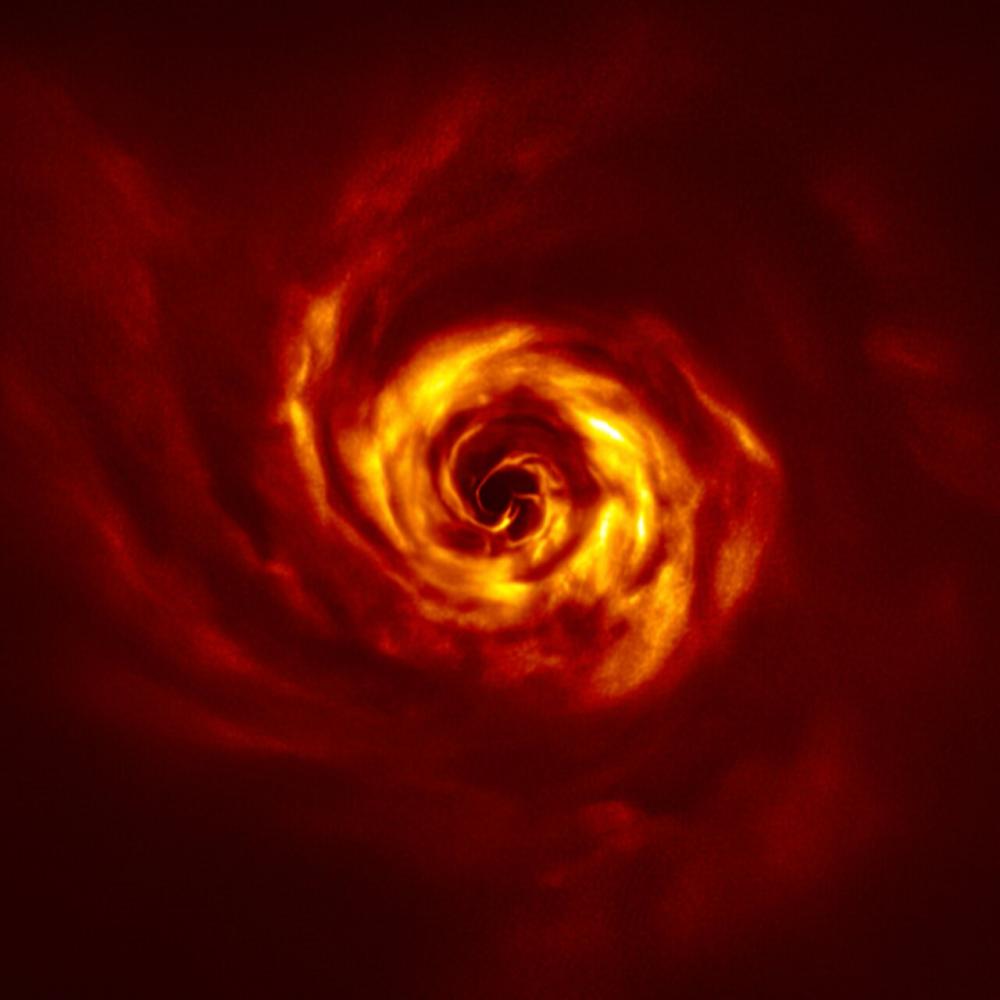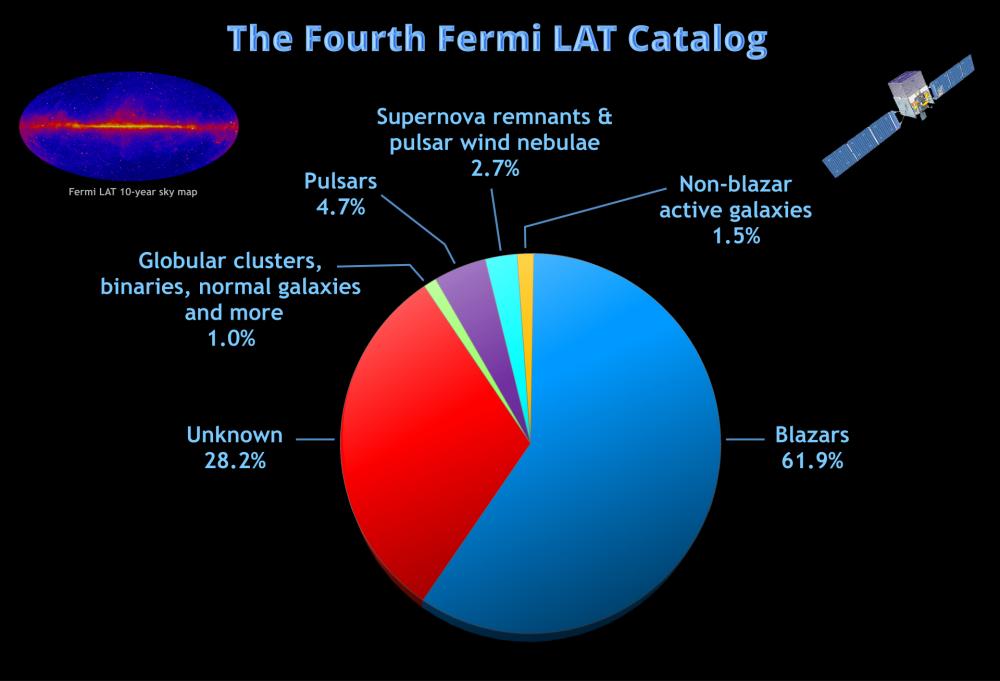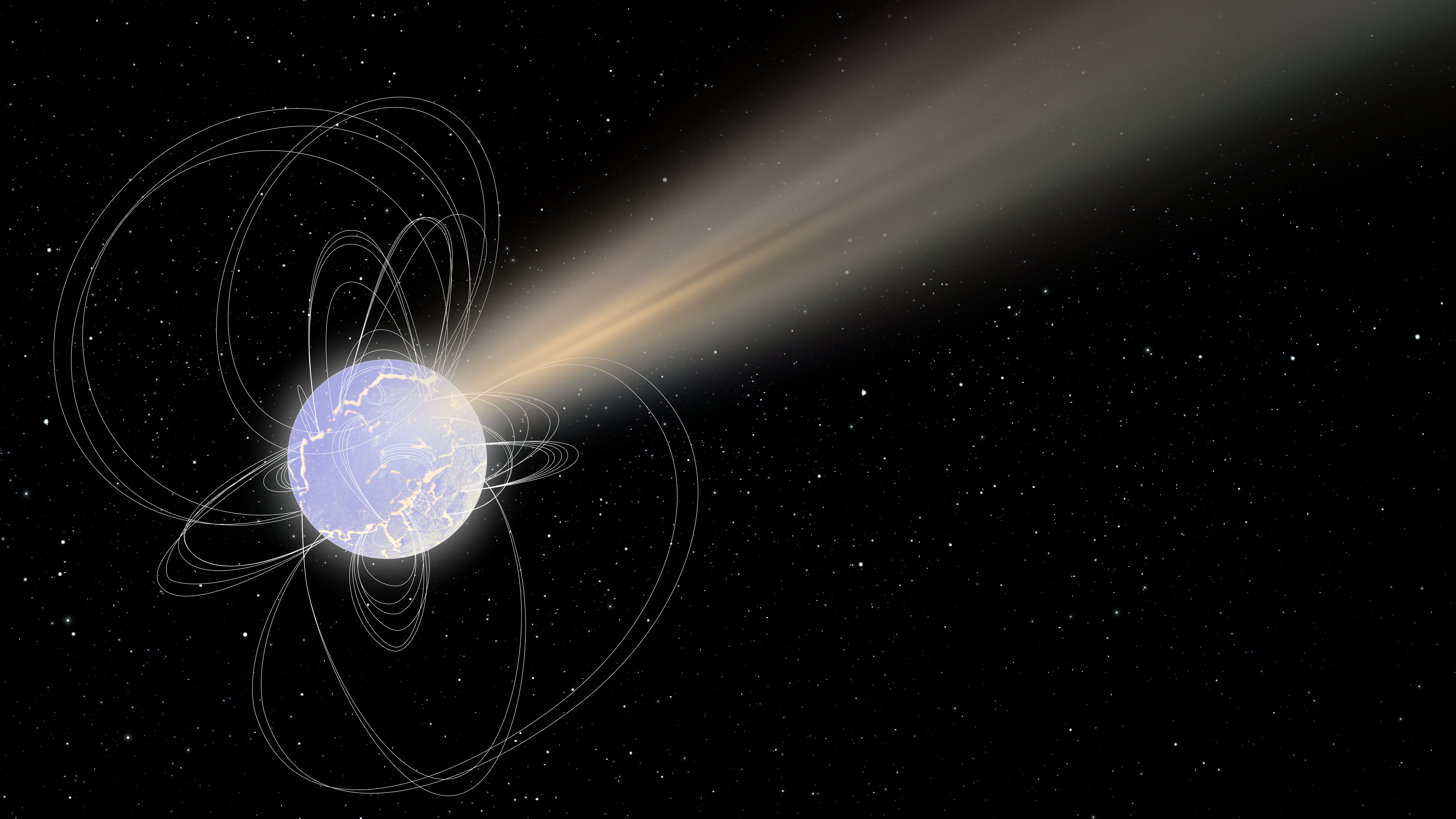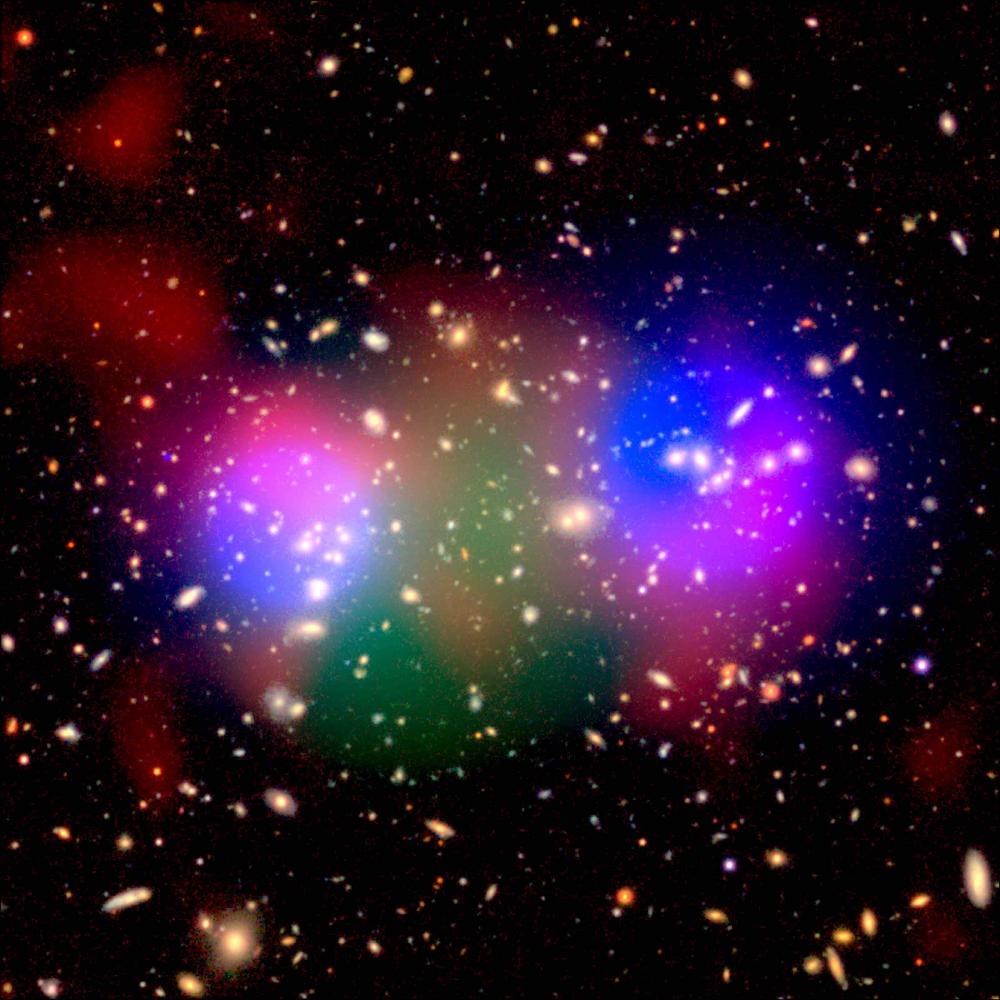News 2020
ESA has adopted Ariel (Atmospheric Remote-sensing Infrared Exoplanet Large-survey), the 4th medium-class space mission of its Cosmic Vision program. Ariel is expected to be launched in 2029 by Ariane 6 from the Guiana Space Centre in Kourou. The French team, composed of CNES, CEA and CNRS, has taken charge of the design, production and delivery of the AIRS spectrometer. Pierre Olivier Lagage, astrophysicist at Irfu, is one of the 2 co-PI for the ARIEL consortium; the other co-PI is Jean-Philippe Beaulieu from IAP.
Motivated by unusual features recently observed with the ALMA instrument in a proto-planetary disc around the star AB Aurigae, an international team of astrophysicists including a researcher from the Department of Astrophysics / Laboratory AIM of the CEA-Irfu of Paris-Saclay has just obtained a very sharp high-contrast image of a S-shasped sub-structure in the gaseous and dusty disc surrounding the star. This remarkable structure, unique and captured thanks to the excellent image quality of the ESO VLT SPHERE instrument, indicates the presence of a giant planet in formation, confirming a theoretical scenario of the birth of planets. Published in the journal Astronomy and Astrophysics, and subject of an ESO announcement, this work is a precursor to future research programmes on protoplanetary disks with the future ELT/METIS instrument.
The Fermi-LAT collaboration has published its fourth source catalog, named 4FGL. Based on eight years of data, it contains 5064 celestial objects emitting gamma rays at energies around 1 GeV, adding more than 2000 high-energy sources to the previous collection (published in 2015). More than one fourth of the objects are of unknown nature, calling for numerous follow-up studies. Although its volume is modest compared to the billions of sources listed in optical catalogs, the 4FGL catalog is by far the deepest in gamma-ray astronomy and serves as a reference to the entire domain. The catalog, coordinated by a researcher at the Astrophysics Department (AIM Laboratory) of CEA-Irfu at Paris-Saclay, is accessible on line at the NASA Fermi web site. In parallel, the 4LAC census of active galactic nuclei (coordinated by a researcher at CNRS/CENBG) is also made available to the community.
An international campaign including ground-based and space telescopes, including the INTEGRAL satellite, discovered end of April 2020 very short pulses in both X-rays and radio waves coming from a compact object in the Galaxy, the magnetar SGR 1935+2154. The simultaneous observation of these signals is seen for the first time in this type of source and attests a connection between magnetars and Fast radio bursts, a class of radio sources whose origin is today poorly known. This work, that includes researchers from the Astrophysics Department/ AIM Laboratory of CEA-Irfu of Paris-Saclay, is published in The Astrophysical Journal Letters and subject press release of a European Space Agency (ESA).
Three major observatories (Subaru, GBT and XMM-Newton) have joined their forces to observe the collision of a pair of galaxy clusters, HSC J023336-053022 (XLSSC 105), located four billion light years away. The spectacular image resulting from the data taken by the Subaru telescope in the visible, the Green Bank Telescope in radio and finally the X-ray satellite XMM-Newton (a space facility intensively used by the Astrophysical Department / AIM Laboratory of CEA Paris-Saclay in particular with its XMM-XXL program), shows that the violence of the shock heats the gas located between the clusters to more than 400 million degrees. It also allows indirect mapping of the dark matter present in the system. This was work was published in the September 2020 issue of the MNRAS journal.
See : the ESA press release





